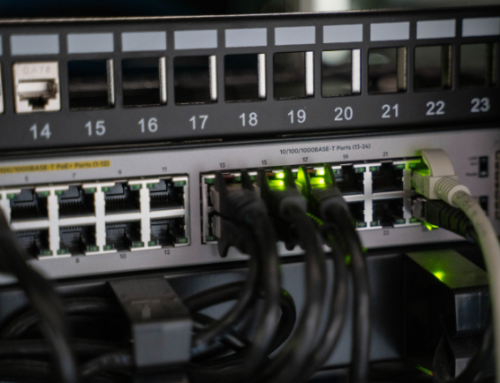Take 3 minutes to read this article
Experts continue to debate whether the United States is heading toward a recession, leaving IT departments wondering if they will have the budget for the projects that need to happen. Since “Doing more with less” has become something of an unofficial slogan of IT departments everywhere, there isn’t as much leeway as they would like to prepare for a downturn. A company’s IT operations are crucial for day-to-day processes and an interruption in service is not an option. To stretch budgets without sacrificing quality in a volatile economy, many IT leaders are turning to the secondary market.
Pricing
The secondary market has many benefits, but the most common reason buyers choose the secondary market is for cost savings. While budgeting well is always a priority, it is more important than ever in a volatile economy. On the secondary market, items are frequently listed at 40-70% off MSRP, enabling IT departments to do more with less.
Variety of Stock
The secondary market is home to a wide variety of equipment, not just End-of-Life and End-of-Service-Life equipment. While you can find EOL equipment on the secondary market, it is also saturated with equipment that is only a few years old—many items are still in the box, and more are still under the manufacturer’s warranty. Often, companies overbuy or make purchases for projects that are later cancelled, and to recover some of the funds spent, resell the equipment on the secondary market. Manufacturers often find themselves with unsold equipment at the end of the year and sell the year-old equipment to the secondary market, still new-in-box, at a reduced price.
Lead Times
In addition to the cost savings, many buyers turn to the second market for speedy delivery. Beginning in 2020, the chip shortage ground hardware production to a crawl. Buyers witnessed lead times spanning into the months, leaving them without the IT solutions needed to keep their businesses running. With new equipment out of reach, the secondary market became the most reliable source for servers, storage, and networking hardware. Lead times are recovering, but when you buy from the secondary market, you are buying equipment that can be shipped immediately, making turnaround time almost nonexistent.
Sustainability
As companies look to become more environmentally sustainable, many value the ‘green’ benefits of redeploying hardware. Cameron James, executive vice president of sales at CentricsIT, points out in an interview with Network World, “The best way to reduce IT waste is to use any product to its maximum lifespan, without compromising on performance. This is easy to do. Many used products are N-1—just one generation back from the latest OEM lines.” Companies that buy on the secondary market help to decrease the amount of electronic waste that enters landfills every year, lengthening IT lifecycles and upholding their business’ sustainability values.
As a global leader in the secondary IT hardware market for more than 15 years, CentricsIT provides top-tier products to companies seeking to avoid OEM lead times and hardware surcharges, staying ahead in this volatile economy. Recognized by Gartner as a leading solutions provider for cost optimization, we help clients around the world improve efficiency and reduce wasteful IT spending by providing a strategic alternative to buying hardware from OEMs. Our expertise spans across all major manufacturers, and our commitment to innovation and efficiency is what sets us apart, because at CentricsIT, we see IT differently.





